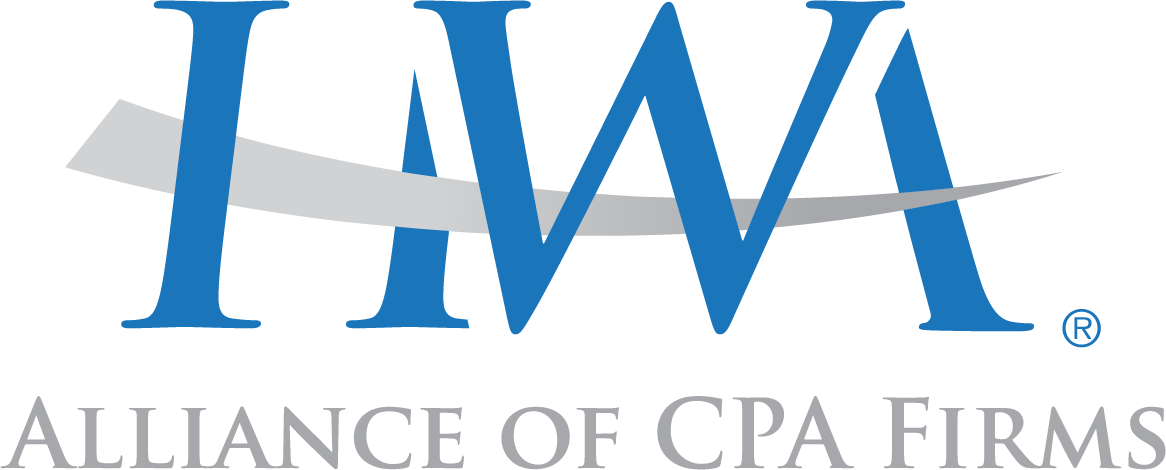HUD Audits

It is a requirement of the Department of Housing and Urban Development (HUD) that entities which participate in HUD programs be audited. HUD requires program-specific audits for lenders and multifamily housing entities. Also, government and non-profit organizations that participate in the housing programs of HUD are subject to the requirements of Uniform Administrative Requirements, the Office of Management and Budget Title 2 U.S. Code of Federal Regulations Part 200, Uniform Administrative Requirements and Costs Principles.
What is a two-component audit?
HUD requires two-component audits – a financial statement audit and a compliance audit of the HUD programs the entity participates in. The audit must be conducted according to generally accepted government auditing standards issued by the Comptroller General as well as generally accepted auditing standards issued by the American Institute of Certified Public Accountants. For those entities who are registered in the Securities and Exchange Commission, the financial statement audit can be done as per the standards of the Public Company Accounting Oversight Board (PCAOB). HUD mandates the auditor to conduct procedures which enable him or her to opine on the entity’s compliance to contract provisions, regulations and laws governing major HUD programs.
It is mandatory that for-profit entities use the Consolidated HUD Audit Guide to insure that the independent auditor is performing the audit in accordance with the standards established by HUD. However, the guide is not complete for compliance audits. Auditors must also refer to the Compliance Supplement issued by the US Office of Management and Budget.
Applying Audit Sampling
Audit sampling is the application of an audit procedure to only a portion of a large population. When applied properly, the sampling can be an efficient way of testing controls as well as gathering sufficient evidence to support the auditors’ conclusion. The HUD Consolidated Audit Guide offers guidance on sample sizes and sampling methodology. The auditor can use his or her professional judgment in performing, evaluating and planning a sample in relation to the evidence the sample produced along with other evidence to form a conclusion.
In order for sampling results to be used as audit evidence, it is vital that the sample be representative of the population. Therefore, all items in the population should have an opportunity to be selected. For example, haphazard and random-based selection of items represents two means of obtaining such samples. The HUD Audit Guide tends to suggest statistical sampling over non-statistical sampling since an error rate can more easily be projected to the entire population. However, non-statistical sampling is appropriate in instances where the auditors’ judgement is paramount.
Sampling is used in both the financial statement audit and the compliance audit and is discussed in Chapter 3 of the HUD Consolidated Audit Guide.
Report Requirements
The audited organization will file the audit report package with the HUD management office by hardcopy or electronically, based on particular program requirements. Some reports should be prepared and issued by the auditor to the organization’s management. The report cover should indicate the period of audit and HUD program activities. The auditor can issue the needed reports to the audited organization either simultaneously or separately.

